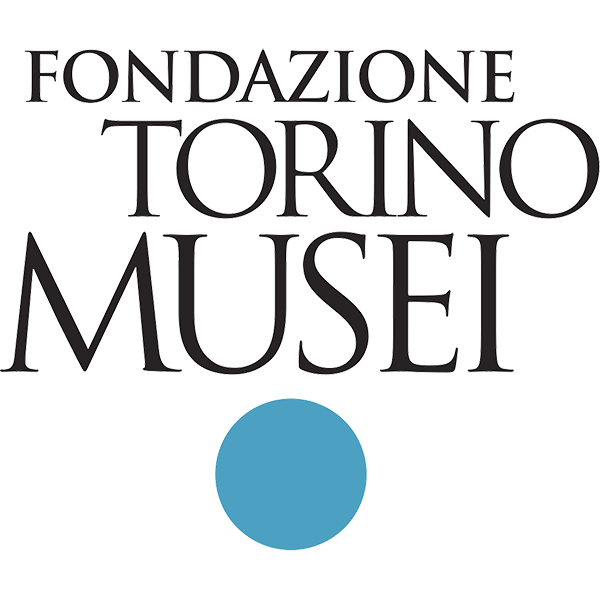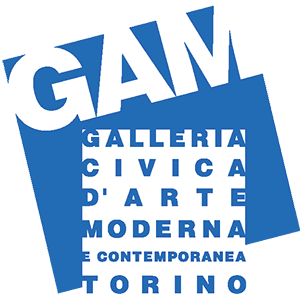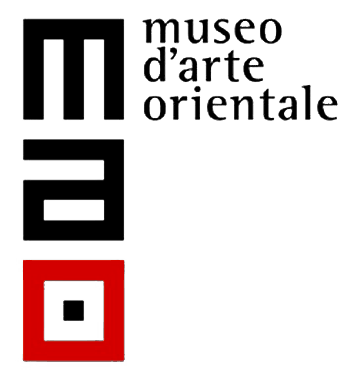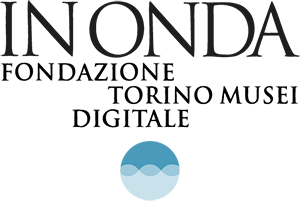A JOURNEY AGAINST THE TIDE Italian Art 1920–1945
- Exhibition
- 5 May 2021 - 12 September 2021

curated by Annamaria Bava, Riccardo Passoni, Rischa Paterlini
GAM of Turin inaugurates an exhibition dedicated to a very intense historical period as regards Italian art: from post-World War I to the end of World War II—25 years of history narrated by around 130 works from the museum’s collections and from some works found in the Galleria Sabauda. These two public collections revolve around a significant selection of 73 masterpieces from the rich private collection of the lawyer from Milan, Giuseppe Iannaccone.
The exhibition, curated by Annamaria Bava, head of the Musei Reali Heritage Department, by the GAM director Riccardo Passoni, and by the Iannaccone Collection curator Rischa Paterlini, was proposed and conceived to highlight the therapeutic role of Art, as a vehicle aimed at healing and which through beauty stimulates a healthy body and soul. The event supports a fundraising campaign in favor of the Fondazione Piemontese per la Ricerca sul Cancro Onlus on the occasion of its 35th anniversary and is inaugurated by the Minister of Culture Dario Franceschini. The exhibition is organized in collaboration with Fondazione CRT and Intesa Sanpaolo.
The dialogue between the three collections, two public and one private, has given life to this exhibition whose goal is to investigate, through works of considerable artistic quality, the history, ideas, projects, and tensions characterizing the interwar years. These twenty-five years of our history witnessed the birth, after the turbulent avant-garde period, of Valori Plastici principles that, being inspired by the solemnity of Italy’s glorious past, unquestionably influenced the rhetoric of Fascist art, which subsequently developed as an evocation of classicism: an art that favored clear and essential designs, with reference to pure forms and compositional harmony.
Giuseppe Iannaccone’s interwar Italian art collection currently represents an unicum on the national and international art scene, and was established in the early 1990s with the explicit goal of recreating an alternative to this rhetorical and official dimension; he was able to gather works by an important group of artists who believed in a kind of art with great expressive potential, over a course of time from 1920 to 1945.
The show reunites the works of artists whose explorations developed individual and collective visions that went against the tide with respect to the Fascist culture policies of a “return to order” and 20th-century monumental classicism. From the mundane poetry of Ottone Rosai and Filippo De Pisis to the expressionism of the Scuola di via Cavour (Mario Mafai, Scipione, Antonietta Raphaël), from an exploration of reality by Fausto Pirandello, Renato Guttuso, Alberto Ziveri to the currents of the Sei di Torino (Jessie Boswell, Gigi Chessa, Nicola Galante, Carlo Levi, Francesco Menzio, Enrico Paulucci) and Chiarismo lombardo (Angelo Del Bon, Umberto Lilloni), up to the innovative power of the Corrente painters and sculptors (Ernesto Treccani, Renato Birolli, Lucio Fontana, Aligi Sassu, Arnaldo Badodi, Luigi Broggini, Giuseppe Migneco, Italo Valenti, Bruno Cassinari, Ennio Morlotti, Emilio Vedova), this exhibition is an original and important testament to a creative, complex, and vital period in 20th-century Italian art history.
The show intends to cross-examine and compare around 60 works from the GAM and Musei Reali collections: this is possible because the majority of artists from the Iannaccone collection are also present in the GAM collections thanks to its enrichment, which took place specifically during the years of the project and then continued up to today with the recent acquisition of the Nudo rosso by Francesco Menzio on the part of the Fondazione De Fornaris. Only few know that, in addition to masterpieces from the 1300s to the early 1800s, the Galleria Sabauda also possesses a considerable collection of early 20th-century works, which became part of its collections following the regrouping of its works acquired from 1935 to 1942 by the Superintendence of Medieval and Modern Art for Piedmont and Liguria, investing conspicuous funds to represent the practice of contemporary artists from Piedmont. A special challenge was also to present, alongside 20th-century works, some specific works of ancient art from the Galleria Sabauda, dating to between the 1500s and the 1700s and particularly effective in evoking distant memories, suggestions, and comparisons, in theme or style, which, willingly or unwillingly, seem to have influenced and stimulated our early 20th-century artists.
The show is divided into themed sections: Interiors; Figures; Allegories and Portraits; Still Lifes;
Landscapes/Views. It is accompanied by a catalogue published by Silvana Editoriale and edited by Annamaria Bava, Riccardo Passoni, and Rischa Paterlini, and includes all the reproductions of the works on display as well as in-depth texts.
The Fondazione Piemontese per la Ricerca sul Cancro Onlus was established in 1986 and thanks to the generosity of over three million supporters—private citizens, associations, foundations, businesses, and institutions—it has realized a major project: the Istituto di Candiolo IRCCS, which with the daily efforts of doctors, researchers, nurses, and technicians has become an oncological center of excellence and of international standing at the service of the entire community. This year the Foundation celebrates its 35th anniversary with a project aimed at expanding the Institute which over the following years will offer patients, doctors, and researchers new spaces for care and study.






